Building Strong Readers: Expert Tips to Enhance Reading Comprehension and Fluency
Reading is a fundamental skill that forms the basis of a child's academic success and lifelong learning. However, many students struggle with reading comprehension and fluency, which can hinder their overall development. In this blog post, we will explore expert tips to enhance reading comprehension and fluency, drawing on the latest research and credible sources to provide you with effective strategies to help your students or children become strong readers.

Our top tips to builder a strong reader:
1. The Importance of Reading Comprehension and Fluency
Before diving into strategies, it's essential to understand the significance of reading comprehension and fluency. Reading comprehension is the ability to understand and interpret what is read, while fluency involves reading smoothly and at an appropriate pace. These skills are critical for academic success, as they enable students to grasp information from textbooks, comprehend instructions, and express their thoughts effectively.
Research indicates that children with strong reading comprehension skills tend to perform better in school and have higher levels of confidence in their abilities (National Reading Panel, 2000). Additionally, fluency is associated with increased reading comprehension (Pikulski & Chard, 2005). Therefore, improving both aspects of reading is crucial for children's success in education.
2. Encourage Regular Reading
One of the most effective ways to enhance reading comprehension and fluency is to encourage regular reading. Students who read regularly develop a deeper understanding of language and vocabulary. To boost engagement, offer a variety of reading materials, such as books, magazines, and comics. Reading for pleasure not only improves comprehension but also makes the reading experience enjoyable (Krashen, 2004).
3. Use Phonics Instruction
Phonics instruction is essential for building strong readers. A systematic and explicit approach to teaching phonics helps children understand the relationship between sounds and letters. Research suggests that phonics instruction significantly improves reading skills, especially for struggling readers (National Reading Panel, 2000). Effective phonics programs can be found in various reading curricula, and tutoring can provide additional support in this area.
4. Employ Comprehension Strategies
Teaching comprehension strategies is crucial to improving a child's ability to understand and interpret text. Strategies such as summarization, visualization, and questioning can enhance reading comprehension (Pressley, 2000). Encouraging students to use these strategies when reading can lead to better comprehension and retention of information.
5. Provide Opportunities for Discussion
Discussion is an effective tool to enhance reading comprehension. After reading, engage students in discussions about the text. Encourage them to ask questions, share their opinions, and express their thoughts. Research shows that discussing what they've read helps students connect with the material and deepen their understanding (Guthrie et al., 2013).
6. Monitor Progress
Regular assessment and progress monitoring are essential to ensure that reading comprehension and fluency are improving. Use standardized assessments, informal observations, and regular discussions to track students' progress. Identifying areas where they struggle and providing targeted support can make a significant difference in their reading abilities.
Building strong readers requires a combination of effective strategies, including regular reading, phonics instruction, comprehension strategies, discussion, and progress monitoring. Research has consistently shown that improving reading comprehension and fluency is crucial for academic success and overall cognitive development. By implementing these expert tips, you can help students or children become confident, proficient readers who are well-equipped to excel in their academic pursuits and beyond. Make a commitment to invest in their reading skills, and you'll be laying the foundation for a brighter future.
References:
1. National Reading Panel (2000). "Teaching Children to Read: An Evidence-Based Assessment of the Scientific Research Literature on Reading and Its Implications for Reading Instruction."
2. Pikulski, J. J., & Chard, D. J. (2005). "Fluency: Bridge Between Decoding and Reading Comprehension." The Reading Teacher, 58(6), 510-519.
3. Krashen, S. (2004). "The Power of Reading: Insights from the Research." Libraries Unlimited.
4. Pressley, M. (2000). "What Should Comprehension Instruction Be the Instruction of?" In M. L. Kamil, P. B. Mosenthal, P. D. Pearson, & R. Barr (Eds.), Handbook of Reading Research (Vol. 3, pp. 545-561). Lawrence Erlbaum Associates.
5. Guthrie, J. T., Coddington, C. S., & Wigfield, A. (2013). "Profiles of Reading Motivation Among African American and Caucasian Students." Journal of Literacy Research, 45(2), 123-155.







All Rights Reserved | Engage & Learn





